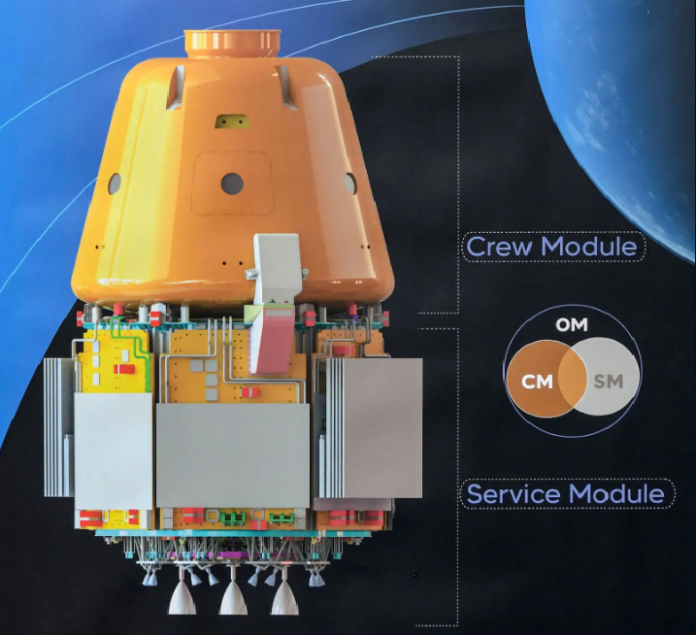The launch of ISRO’s Gaganyaan test flight has been delayed; here’s what caused the delay. The inaugural test flight of the Gaganyaan mission is postponed with a rescheduled attempt at 10 am. ISRO Chief S. Somanath provides preliminary information.
The first test flight of the Gaganyaan mission, intended to showcase crew escape capabilities, faced an unexpected delay on Saturday. It was halted merely five seconds before the scheduled launch due to a glitch in the engine ignition process. The Indian Space Research Organisation (ISRO) subsequently announced the rescheduled launch for 10 am.
ISRO Chief Somanath confirmed the delay, stating, “The test vehicle lift-off did not occur today as planned. Engine ignition failed to proceed nominally. We must determine the root cause of this issue; the vehicle remains secure.” The mission encountered a hold-up at T-5 seconds, right before the expected liftoff, leading ISRO teams to initiate a thorough investigation.
What transpired during the Gaganyaan test flight launch? A chronological account:
- ISRO had scheduled the first test flight for its ambitious Gaganyaan mission at 8 am today from the Satish Dhawan Space Centre (SDSC) in Sriharikota, Andhra Pradesh.
- However, the launch was delayed by 45 minutes due to morning showers at the launch center.
- Following the delay, the mission director confirmed that the weather conditions were favorable and the flight readiness was confirmed, ultimately giving the green signal for the launch.
The automatic launch sequence initiated seamlessly but was abruptly halted by the computer precisely at the planned launch time.
Objectives of the abort test demo include:
- Demonstrating and evaluating Test Vehicle subsystems through a flight demonstration.
- Assessing the Crew Escape System, encompassing various separation systems.
- Showcasing Crew Module characteristics, deceleration systems at higher altitudes, and its recovery.
What is the Gaganyaan mission?
The primary objective of the Gaganyaan mission is to send astronauts into space, where they will be positioned in a Low Earth Orbit at an altitude of 400 kilometers for a three-day mission, with a planned safe return to Earth in 2025.
To achieve this, the Gaganyaan mission will utilize the LVM3 rocket, which comprises multiple stages, including solid, liquid, and cryogenic propulsion systems, to transport the crew to their designated orbit.

